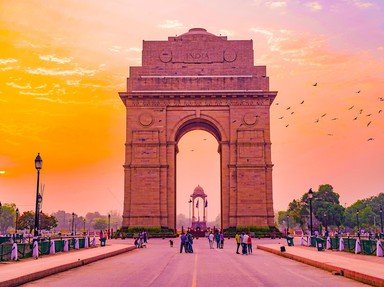Quiz Answer Key and Fun Facts
1. In which battle did Alexander the Great defeat Porus?
2. Who was the founder of Jainism?
3. Who was the founder of Buddhism?
4. Which great Indian ruler was called Androcottus by Greek scholars?
5. Which great Indian ruler fought Kalinga war in 9th year of his rule?
6. Who patronized the fourth Buddhist council in Kashmir?
7. Who founded the Kanva Dynasty?
8. Who was the founder of Satvahan Dynasty?
9. Who was the son of Chandragupt I, the founder of Gupta Dynasty?
10. During the reign of which ruler of Gupta dynasty was Nalanda University built?
Source: Author
LoveAnimals555
This quiz was reviewed by FunTrivia editor
bloomsby before going online.
Any errors found in FunTrivia content are routinely corrected through our feedback system.
